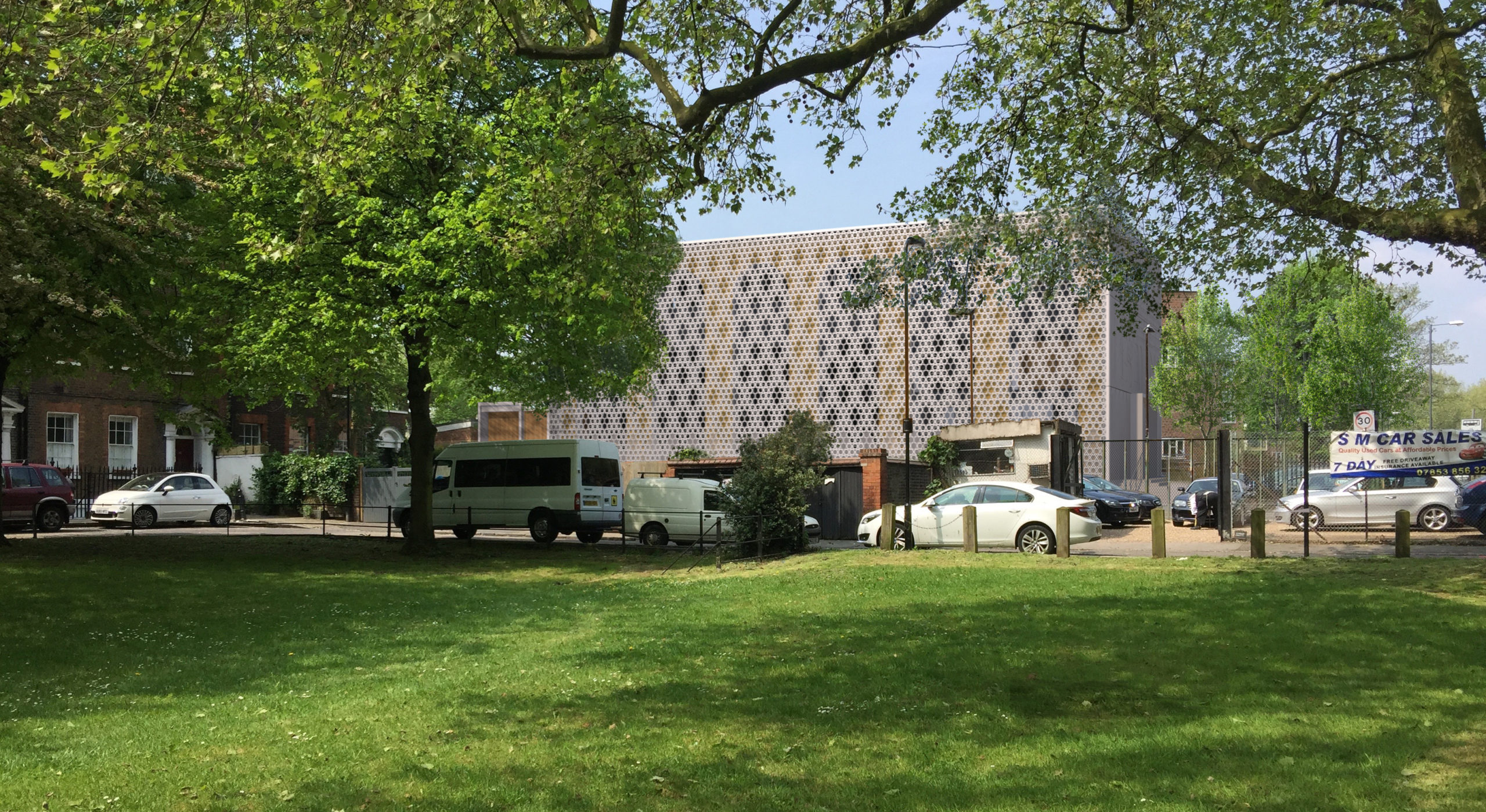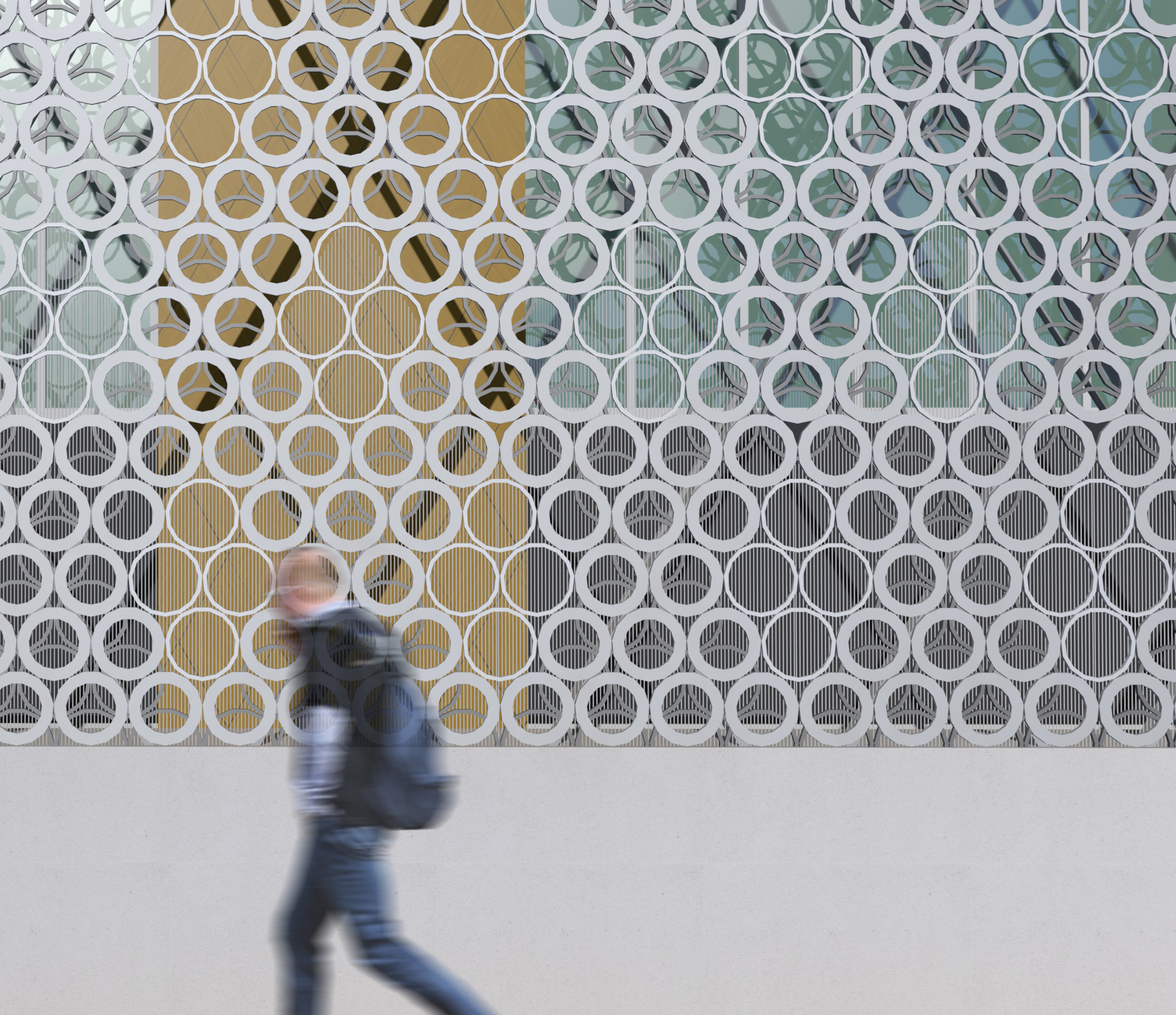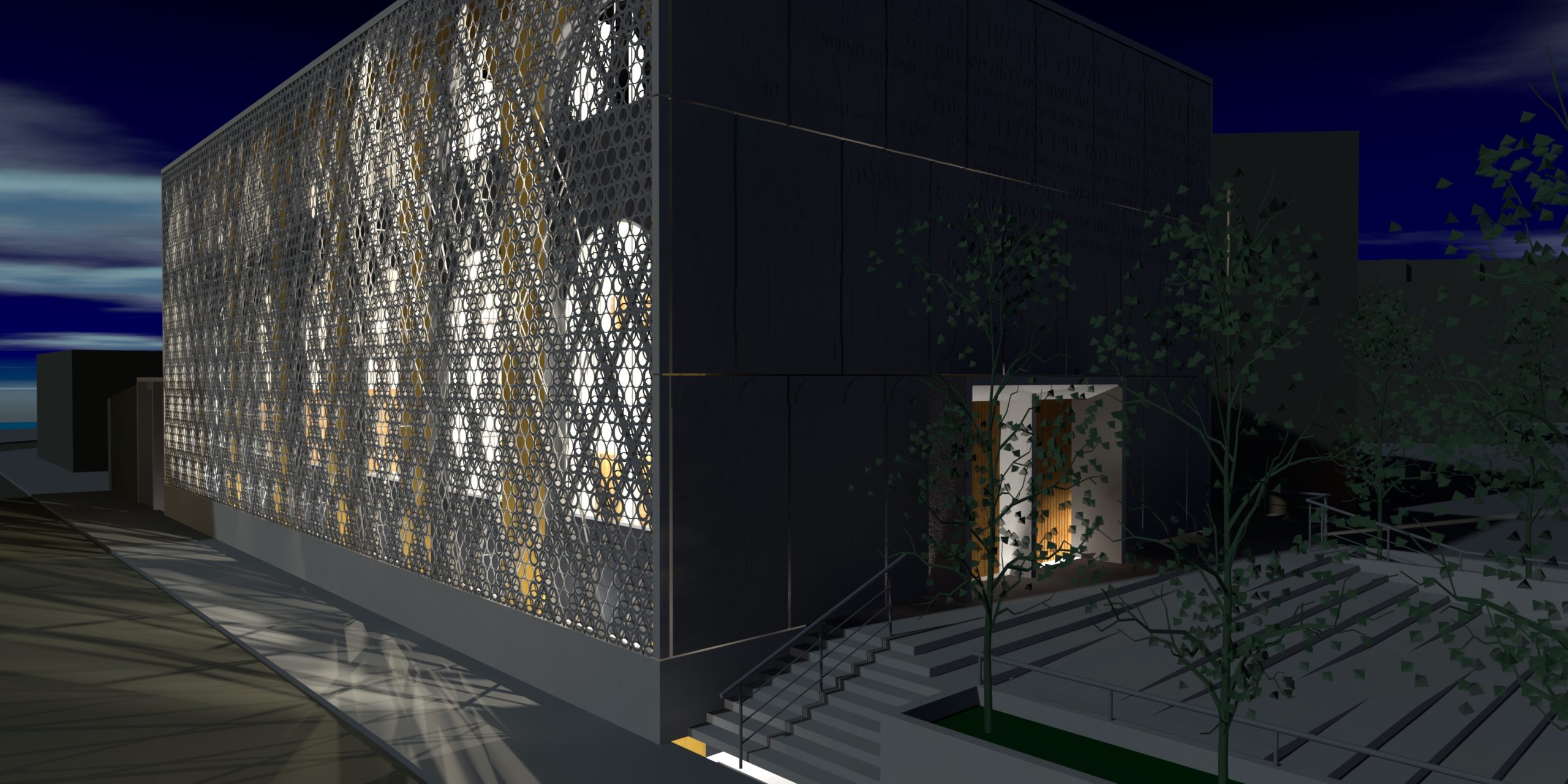
- Hackney
Synagogue expansion - Clapton Common
We are currently working with John Stebbing Architects on a new Synagogue at 73 Clapton Common in Hackney.
The former public house has since 2008 been used as a synagogue. The existing building is coming to the end of its useful life and the community has started planning the future expansion of the synagogue to accommodate their growing numbers.
What would have been adequate 15 years ago, or even 6 years ago, is now becoming unsatisfactory in terms of energy use, disabled access and sheer lack of space. So, to plan for the future we are helping John Stebbing Architects with the wholesale redevelopment of the site.
The building requires places for worship, studying, ritual bathing with accompanying administrative spaces. The main entrance hall allows areas for the ritual washing of hands. The main worship space is contained on the raised ground floor, with women’s gallery and study rooms located on the upper floors. The internal ground floor of the building is raised by just over 1m above adjacent street level and allows the creation of high-level windows to the upper basement level.
The basement contains smaller areas for study and a Mikvah together with associated changing and shower facilities. Plant is contained within the envelope of the building to avoid unsightly units on the elevations.
So far as the external details are concerned; a fritted glass screen is proposed to the Clapton Common elevation in front of an anodized metal (gold/bronze) clad façade. The fritted glass is of varying opacities and allows light of varying degrees through which reflects off the anodized façade. The glazed façade will also reflect and capture the important tree line of the common and the surrounding context. Pre-cast concrete details are used to frame the building and its openings and used as a plinth and on walls to the single storey element to the southwest. The north-west and south-west façades are to be clad in large format Limestone panels. The choice of stone here gives a more traditional feel to the proposals, and a material often seen in the conservation.
JMS is designing:
- A habitable double storey basement (extending approx. 8.5m deep below street level), constructed using a contiguous piled perimeter retaining wall.
- A double height ground floor with first floor viewing gallery
- Second floor office accommodation
- Steel framed superstructure
- 19m x 15m clear span (column free) areas formed using steel lattice girders with an in situ reinforced concrete deck
- Below ground surface and foul drainage



